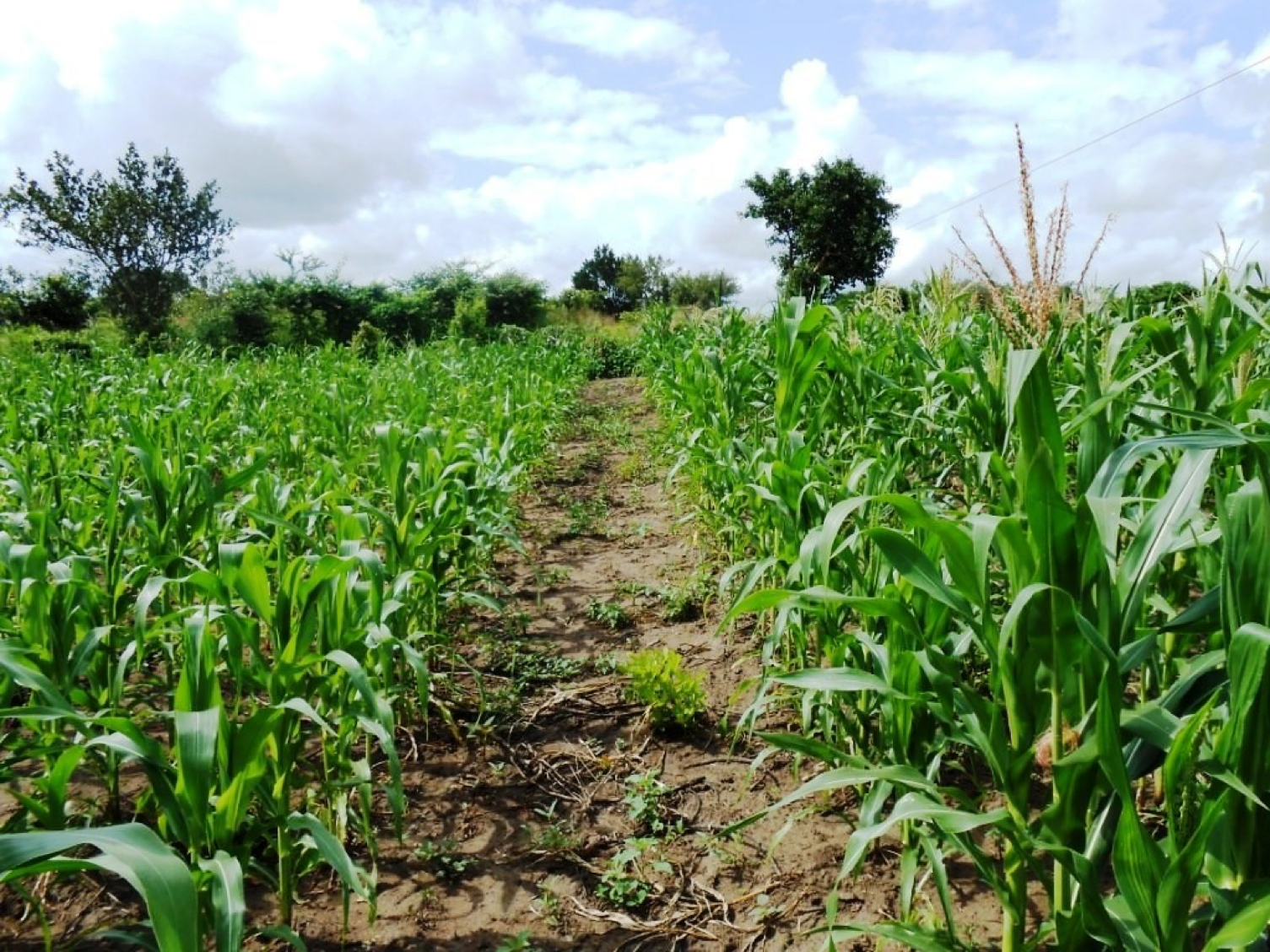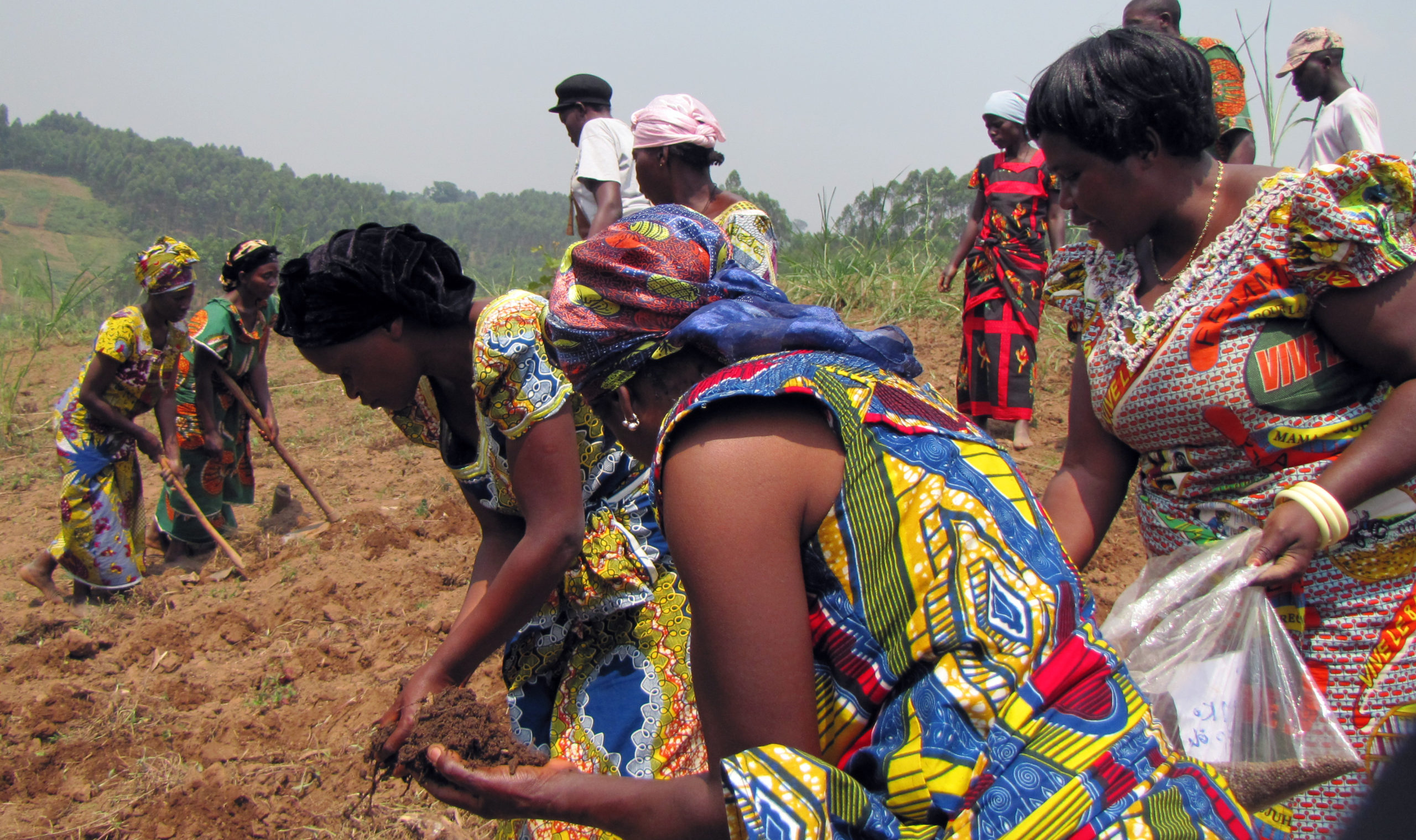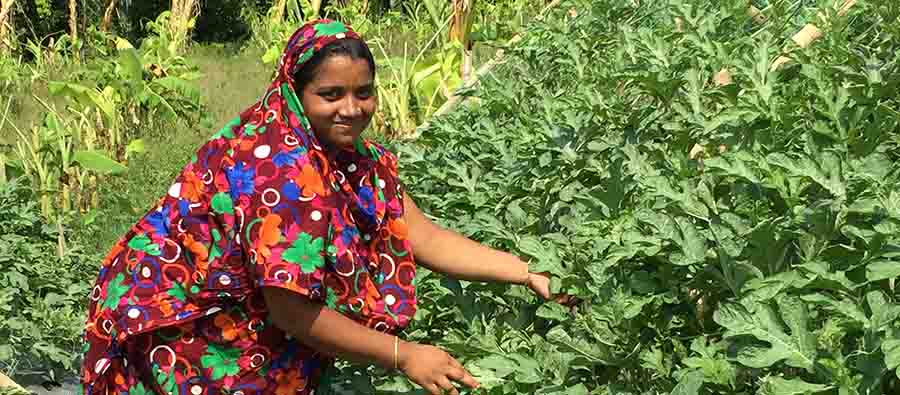Fertilizer is one third of the agro-input technological trinity (improved seed, irrigation, and fertilizer). Its use has been particularly successful in addressing food security-related issues in several countries in Asia and South America, for example during the Green Revolution. However, judicious fertilizer use is an over-arching issue in both developed and developing economies. In sub-Saharan Africa, average fertilizer use is less than 25 kilograms per hectare, while parts of Asia and other developed economies face overuse or unbalanced fertilization. Both conditions lead to low crop productivity and declining soil fertility. Improving the “uptake efficiency” of fertilizers (that is, ensuring as much fertilizer is used by the plant as possible) can mitigate the climactic and social effects of both over- and under-use of fertilizers.
In Europe, North America, and many parts of Asia, the agricultural practice of allowing plant nutrient reserves to become depleted (nutrient mining) for farming ceased several decades ago. Unfortunately, nutrient mining continues in many other parts of the world. The low use or absent use of fertilizers and other nutrient sources not only makes the agriculture system more vulnerable to climate variability, it exacerbates climate change by reducing soil’s ability to capture carbon from the atmosphere. On the other hand, excessive and imbalanced fertilization results in soil acidification, eutrophication of water bodies, air pollution, and greenhouse gas (GHG) emissions.
Toward helping farmers profitably practice low-emission agriculture, IFDC promotes climate-smart management approaches and technologies, including the use of balanced fertilizers, urea deep placement (UDP), and integrated soil fertility management (ISFM).
Balanced Fertilizers
Since losses associated with nitrogen-based fertilizers form a significant part of agriculture’s contribution to global GHG emissions, increasing nitrogen use efficiency (NUE) is paramount. In developing countries, NUE can be as low as 30 percent, meaning plants use only 30 per cent of the nitrogen applied.
Our research demonstrates that improved management practices and balanced plant nutrition, including incorporating appropriate amounts of secondary and micronutrients (SMNs), increase nitrogen uptake and boost farm yields by 20 to 50 percent across various sub-Saharan soils and crops. These fertilizers also increase plant tolerance to drought and can improve water use efficiency by 250 percent. This use efficiency also results in more nutritional crops: IFDC found that some formulations can increase the amount of zinc in grains by as much as 65 percent.

Fertilizers that include appropriate amounts of secondary and micronutrients can increase yields by as much as 35 percent as seen in this maize demonstration plot.
Urea Deep Placement
IFDC has pioneered the development of UDP technology in several countries in Asia and Africa. The technology, the application of 1- to 3-gram urea briquettes 7 centimeters below the soil surface, decreases urea use by 30 percent while increasing yields by 15 percent in rice. Emissions from nitrous oxide, a GHG 40 times more potent than carbon dioxide, are decreased by 60 to 80 percent through the use of UDP.
With the assistance of the Government of Bangladesh, we helped more than 2.5 million Bangladeshi rice farmers adopt UDP. The savings produced, along with higher yields, has these farmers earning $220 more per hectare. Additionally, the Government of Bangladesh saves $30 million per year on fertilizer subsidies.
In Africa, the story is the same. In Mali alone, adopting fertilizer deep placement (FDP) on 5,900 hectares has saved nearly 457 tons of urea, allowing farmers to bring an additional 4,000 hectares under rice cultivation, producing an additional 14,000 tons of paddy rice production.
Integrated Soil Fertility Management (ISFM)
Balanced nutrition and UDP are part of our ISFM approach. Other ISFM strategies include crop rotation, legume introduction, and crop-livestock integration systems.
Fertile and productive soils are vital components of stable societies, and ISFM strategies protect these. As one ancient Sanskrit text states, “Upon this handful of soil our survival depends. Husband it, and it will grow our food, our fuel and our shelter and surround us with beauty. Abuse it and the soil will collapse and die, taking humanity with it.” Our reliance on the soil is as strong today as it was then. Unfortunately, many soils have been mined by continuous cereal cultivation, producing a trend of decreasing yields and organic matter.
ISFM practices help reverse these trends by increasing yields and incorporating biomass back into the soil. IFDC-assisted farmers in sub-Saharan Africa using ISFM have more than doubled their productivity and increased incomes by 20-50 percent. In addition to increasing incomes, soil may be our strongest ally in practicing low-emission agriculture, as in only a matter of decades, soils benefiting from ISFM can sequester up to 1,000 kilograms of carbon per hectare per year.

ISFM techniques have helped many farmers, such as these Congolese women who learned improved planting techniques from Congolese League of Women Peasant Organisations (LOFEPACO).
The Next Steps
These current practices have ensured greater global food security and enabled farmers to profitably practice low-emission agriculture. Despite this, new and novel technologies will be needed to meet the challenges of a growing population while still safeguarding the environment. To this end, we must continue supporting research in these areas to bring about next generation fertilizers and management practices. This approach must transform the fertilizer industry across the entire value chain, starting with the research and formulation of new plant nutrition products and extending to enabling farmers to market higher quality products that are more nutritious and produced in an environmentally friendly manner.



